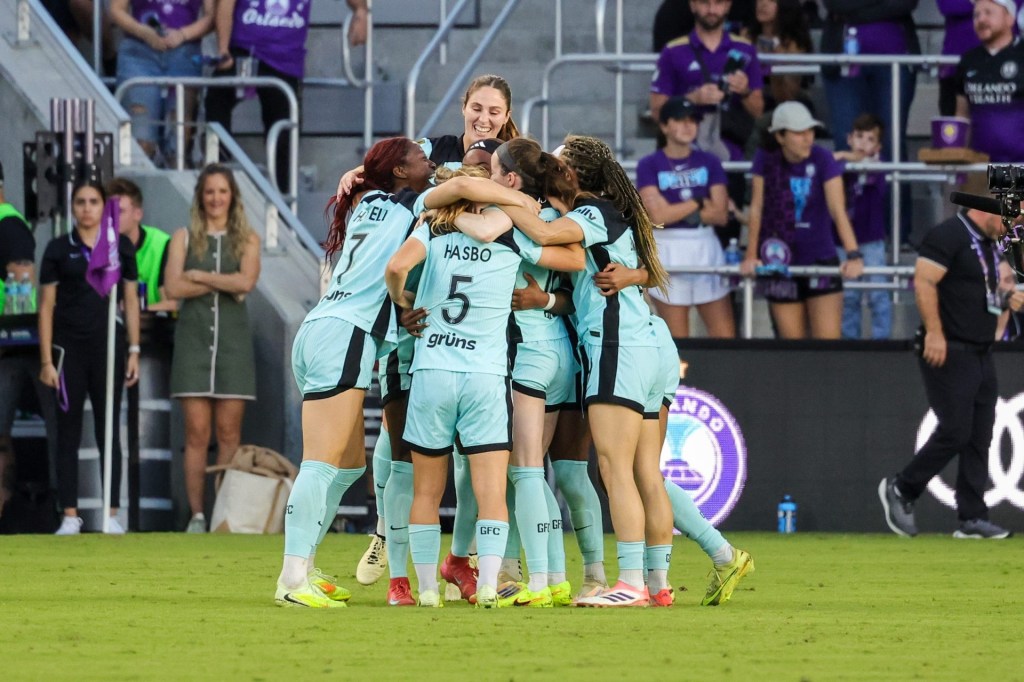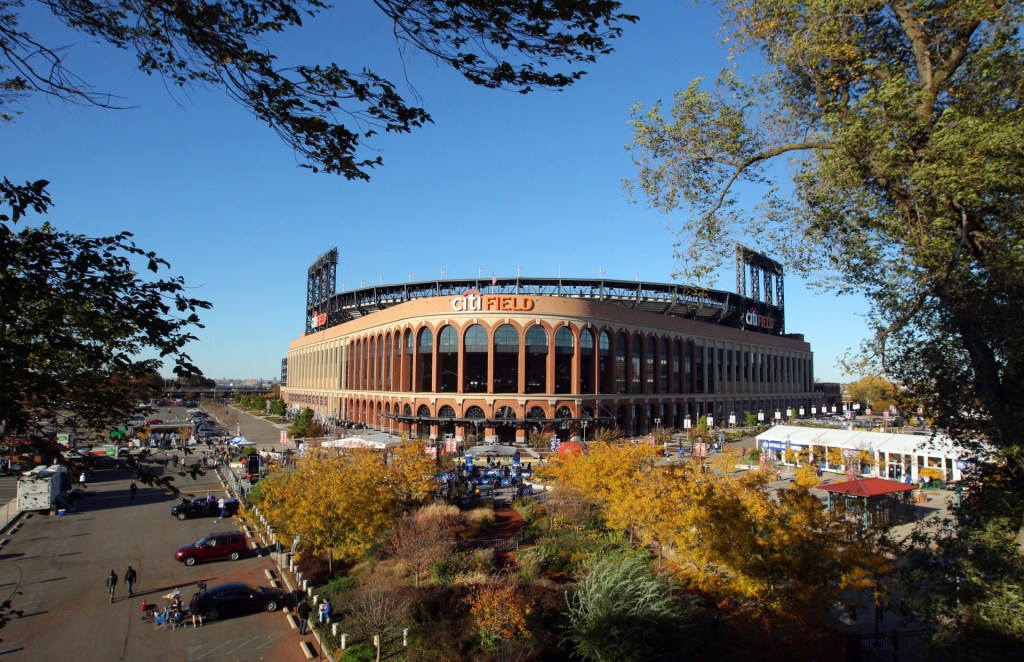The A’s are officially ending their time in Oakland after 57 seasons, announcing Thursday a plan to move to Sacramento for the 2025–27 seasons. But in exiting one difficult, increasingly toxic situation in their current home, the MLB club is introducing a whole other set of complications in the California state capital.
A decision about the temporary home of the A’s was for months a closely watched situation. Oakland seemed the favorite in recent weeks, in part due to the Coliseum’s existing standing as a facility approved for MLB play, and also because staying in the market would preserve a local media-rights deal with NBC Sports California that paid the club $67 million last year.
But the deliberation materially changed in recent days. After a meeting Tuesday with Oakland city officials, the A’s said they were “far apart” on deal terms to return to the Coliseum. And the start of the 2024 season for the A’s has been marked by fan protests and a further drop in what was already by far the league’s worst attendance. The impending departure also means that Oakland will have lost the A’s, Raiders, and Warriors—all in a five-year period.
“Even with the long-standing relationship and good intentions on all sides in the negotiations with Oakland, the conditions to reach an agreement seemed out of reach,” A’s owner John Fisher said.
Five Big Questions
Among the issues now confronting the A’s as they now plan to play at Sutter Health Park in Sacramento, also the home of the Giants’ top minor-league affiliate, the River Cats:
- Will the MLB Players Association sign off on the plan? The union will particularly assess the stadium amenities used by the players, and what is being done there to promote their health and safety. Thus far, the union has said it has had “preliminary discussions with MLB about a range of issues related to the temporary relocation and we expect those discussions to continue.” Much like how the Blue Jays used Buffalo’s Sahlen Field during the pandemic, facility upgrades will be required.
- How will the A’s share Sutter Health Park with the River Cats? Though mock schedules for 2025 are already in development, that question hasn’t yet been fully answered. Triple A teams, meanwhile, typically play extended individual series—often six games—in a single location to cut down on travel, representing a different cadence than how the MLB schedule operates.
- How will this affect A’s attendance? The 14,000-seat capacity of Sutter Health Park can easily accommodate the current per-game average of 6,438 the A’s have in Oakland. But this is still a minor league park with a capacity well below the normal MLB average, leaving the ability for future attendance and revenue growth significantly limited.
- What will be the impact on A’s staff? It’s possible that some team and ballpark functions will be handled by existing River Cats staff, potentially resulting in layoffs. And for those that survive any potential cuts, a hefty commute or relocation is also in the offing to account for the 80-mile distance between Oakland and Sacramento.
- How much of that local media-rights deal will the A’s sacrifice with the shift to Sacramento? It’s expected the club will be able to retain a majority—but not all—of that revenue.
The Sacramento placement will also serve as something of a test case for the city to show its ability to support an MLB franchise, particularly as the league intends to pursue expansion once the stadium issues for the A’s and Rays are fully resolved. The deal there also includes a team option for 2028 should a planned ballpark in Las Vegas fall behind its intended schedule. While in Sacramento, the A’s will drop any geographic identifier in its name and just be known as the A’s or Athletics.
Meanwhile, those plans to build a new A’s ballpark in Vegas face their own challenges, with questions persisting about the stadium site along the Strip and a newly released set of ballpark renderings.

















